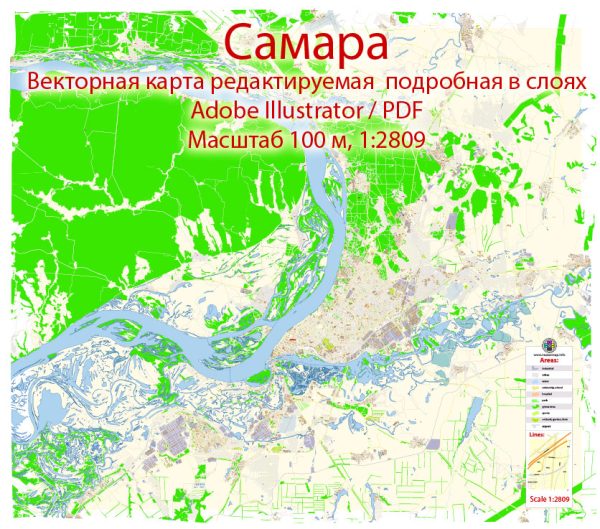Samara, located in the southeastern part of European Russia, is one of the largest cities on the Volga River. The city has a rich history of urban development, shaped by various historical, cultural, and economic factors. Here’s an overview of the history of urban development in Samara:
- Foundation and Early History:
- Samara was founded in 1586 as a fortress to protect the Russian territories from nomadic raids.
- The city’s strategic location on the Volga River contributed to its development as a trading and transportation hub.
- Trade and Commerce:
- In the 19th century, Samara became an important center for trade and commerce due to its proximity to the Volga, which served as a major waterway for transporting goods.
- The city’s economy flourished, and it became a key trading post, attracting merchants and entrepreneurs.
- Architectural Heritage:
- The architectural development of Samara reflects the various historical periods it has experienced.
- Notable architectural styles include classical, neoclassical, and eclectic influences from the 18th to the early 20th centuries.
- Industrialization:
- The late 19th and early 20th centuries witnessed industrialization in Samara, contributing to the growth of the city’s population and infrastructure.
- Factories and industrial facilities were established, leading to the expansion of the urban area.
- Soviet Era:
- During the Soviet era, Samara played a significant role in the aerospace industry. The city was known for its aviation and space-related activities.
- Urban development during this period included the construction of residential buildings, industrial facilities, and infrastructure to support the growing population.
- World War II:
- Samara became a temporary capital of the Soviet Union during World War II when Moscow was under threat. Many government institutions were relocated to Samara during this time.
- Post-Soviet Period:
- After the dissolution of the Soviet Union, Samara, like many other Russian cities, underwent economic challenges and changes.
- There was a shift towards a market-oriented economy, and efforts were made to modernize infrastructure and attract investment.
- Modern Development:
- In recent years, Samara has continued to develop as a modern city with a mix of historic and contemporary architecture.
- The city has invested in infrastructure projects, including transportation, public spaces, and amenities to enhance the quality of life for residents.
Overall, Samara’s history of urban development is a dynamic narrative that reflects its strategic location, economic activities, and the influence of various historical periods on its architectural and cultural identity.


 Author: Kirill Shrayber, Ph.D.
Author: Kirill Shrayber, Ph.D.